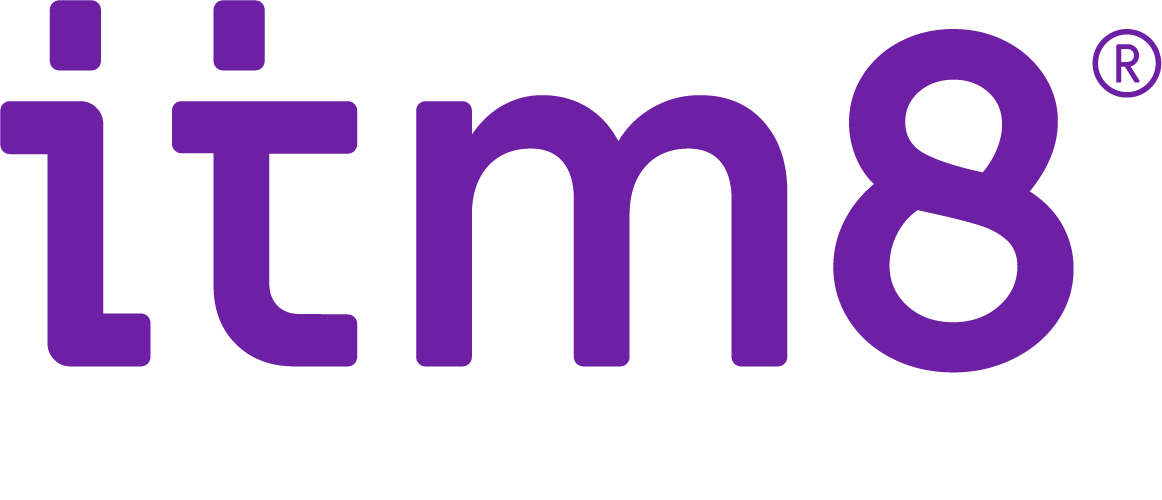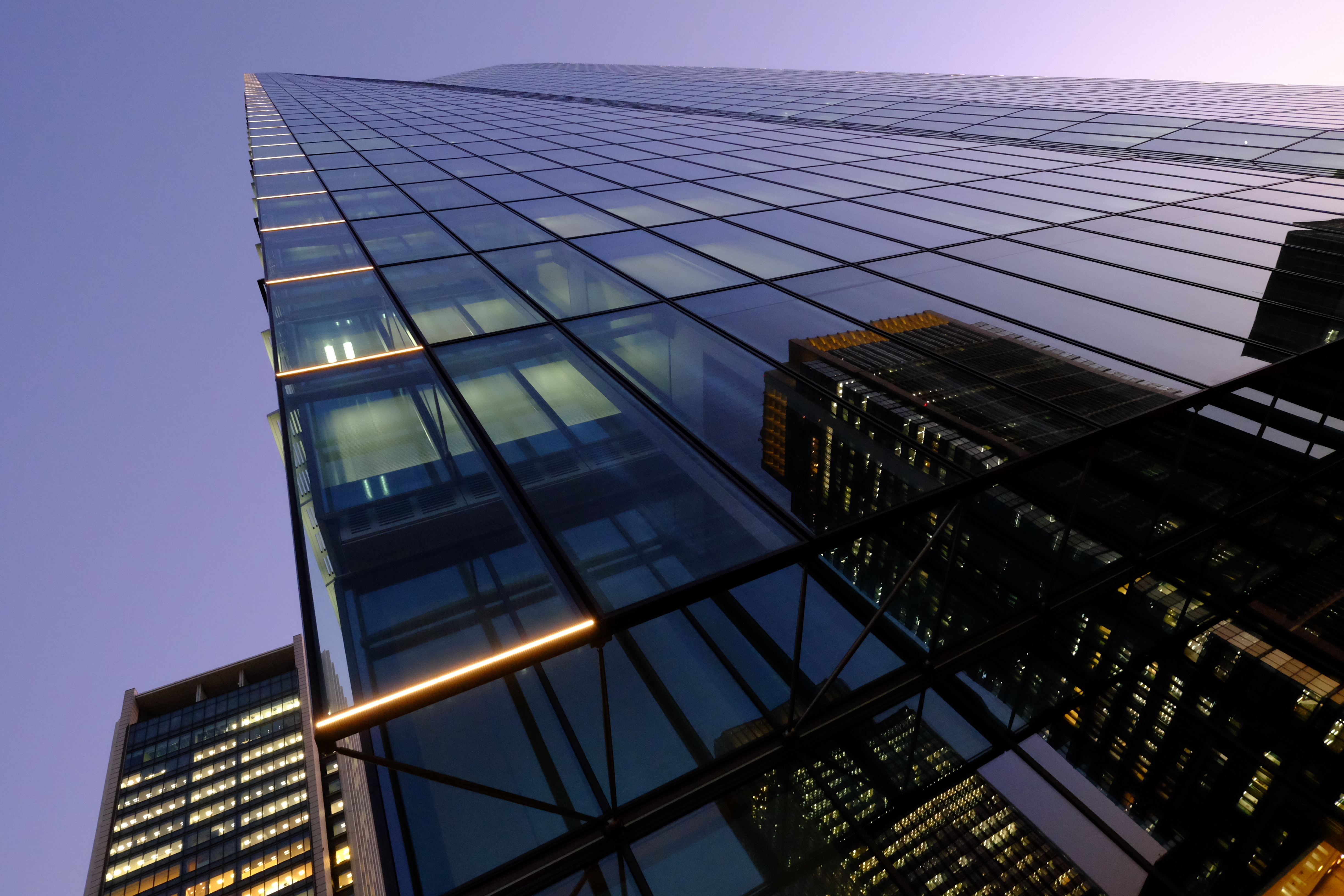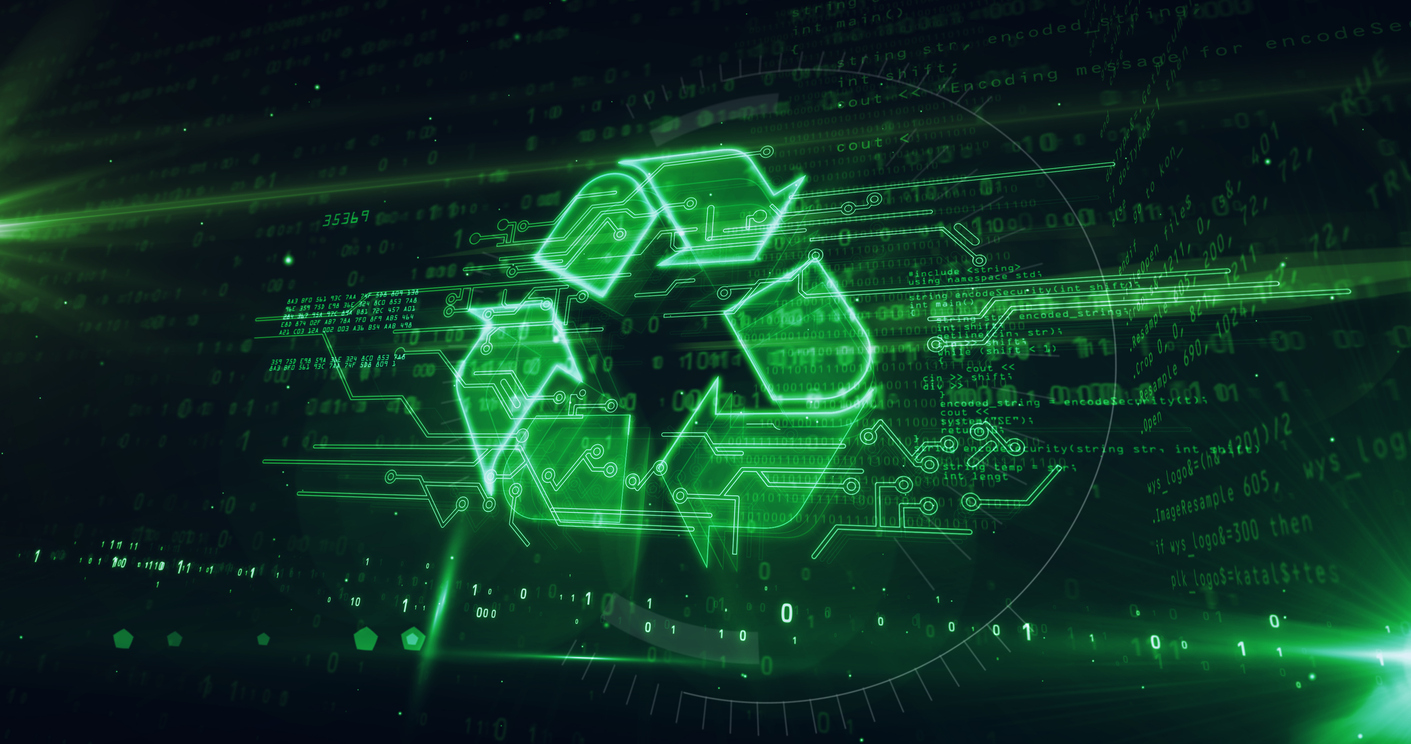Flexibel arbetsplats, Det Nya Arbetslivet och hållbart ledarskap. Begreppen som flyger runt i ledningsrum och på kontor är många och inte alltid självförklarande, och då har vi inte ens tagit upp alla tekniska termer och förkortningar av nya roller och titlar. Att vara kvar i ett gammalt arbetssätt kan kännas tryggt men håller det i längden? Spoiler: Nej, det gör det inte.
Den moderna arbetsplatsen är inte en plats
Microsoft är en av de ledande aktörerna i arbetet med att utveckla det digitala kontoret men engagemanget sträcker sig långt bortom appar och molntjänster. Henrik Byström jobbar som affärsområdeschef på Det Nya Arbetslivet (DNA) tittar ständigt bortom tekniken för att sätta den i ett större sammanhang. Han vet vad som lyfter en arbetsplats ur gamla hjulspår och in i en helt ny värld.
- Det som kännetecknar en modern arbetsplats är att den har förmågan att knyta samman tekniken, platsen och människan till en helhet, berättar Henrik.
Henrik ber oss tänk tillbaka på tiden före smarta telefoner och molntjänster. Hur kopplade du upp dig mot företagets servrar för att hämta filer eller bara kolla mejlen? Det var troligen ett härligt trassel av modem, VPN-tunnlar, lösenord och monterade diskar i filhanteraren. I bästa fall användbart men knappast användarvänligt. Idag är företag allt mer ”i molnet” och som medarbetare förväntar vi oss ha tillgång till all information vi behöver på den enhet vi har i handen.
Tänk inte flexibelt, tänk situationsanpassat
Många företag pratar om flexibelt arbete men Henrik väljer hellre att kalla det situationsanpassat. Det handlar om mer än att bara gå tidigare från jobbet för att hämta på dagis och sedan jobba ikapp hemma.
Tänk att du ska ta tåget för att hälsa på en vän över helgen. Du börjar på kontoret för att fika med kollegerna och gå på ett möte. Du åker hem för att jobba ostört en stund. På eftermiddagen går du till ett kafé på tågstationen och tar en kaffe i väntan på tåget, som är försenat. Med en kaffe i handen svarar du på några mejl. På tåget passar du på att skriva på den där rapporten som du ska presentera på måndag.
- Idag går det att anpassa arbetet utifrån platsen med hjälp av teknik och det är de nya verktygen som gör det möjligt. När tekniken, platsen och människan samverkar skapas det utrymme för produktivitet.
När flera generationer ska samarbeta
Alla medarbetare kommer med olika förutsättningar, erfarenheter och vanor. Unga är ofta vana att arbeta på mobila enheter utan att känna behovet av en fast arbetsplats. Mer etablerade medarbetare kanske föredrar mejl och en bärbar dator med dockningsstation till en större skärm. Företaget måste tillgodose att de verktyg gruppen behöver finns och att de samverkar på bästa sätt, sedan är det upp till chefen att i en öppen dialog hjälpa gruppen få ut maximalt av sin potential. Ett traditionellt ledarskap har bytts ut mot ett situationsanpassat ledarskap som coachar gruppen istället för att peka med hela handen.
En kultur där nytänkande och erfarenhet möts och där olika infallsvinklar ses som en tillgång skapar engagemang. Ett populärt uttryck för en sådan kultur är Growth mindset eller ständigt lärande som båda kännetecknar en kultur där både företag och individer kan växa.
- Kulturen på kontoret är det centrala för att skapa engagemang. Har du en kultur där alla trivs uppstår en förståelse och respekt mellan avdelningar, funktioner och generation, något som lägger grunden för samarbetet i de gemensamma verktygen.
Bygg inte ett snyggt kontor, bygg för människor
Många företag som tittar på att förnya sina lokaler fokuserar på själva lokalen och möblerna. Risken finns att form får stå före funktion när förföriskt snygga inredningsskisser i 3D presenteras. Aktivitetsbaserade kontor har i flera forskningsprojekt visat sig vara ett framgångsrecept för att bli produktivare och få medarbetare som trivs på jobbet. Det är ett bra sätt att bryta ner silos och gamla invanda mönster då människor från olika avdelningar jobbar tillsammans på ett nytt sätt.
- Det är viktigt att inte bara fokusera på lokalen och glömma bort människan och tekniken när kontoret byggs om för aktivitetsbaserat arbete. Det är först när alla tre – tekniken, platsen och människan – samverkar som en helhet som de stora vinsterna uppstår, poängterar Henrik
Våra digitala verktyg, AI och säkerhet
Säkerheten på det flexibla kontoret har också bytt karaktär. Från att förlita sig på brandväggar och virusskydd i lokala nätverk är säkerhet nu istället en fråga om att hantera data och användarnas identiteter på ett säkert sätt i molnet. Säkerhet omfattar idag allt som sker och blir om den hanteras på rätt sätt till och med en möjliggörare. Dela dokument säkert på nätet? Inga problem. Samarbeta med personer utanför organisationen utan att data läcker ut? Det går utmärkt. Mobilt, flexibelt och situationsanpassat arbete skulle inte vara möjligt utan modern säkerhet. Modern säkerhet som behöver stöd från AI för att fungera.
Artificiell Intelligens (AI) finns snart i någon form i varje digitalt verktyg och enhet vi använder, på jobbet och privat. AI har blivit en möjliggörare och ett stöd som inte bara förbättrar datainsamling och databearbetning utan även kommunikation mellan kunder och företag och mellan människor och teknologi.
- AI handlar inte om att vi ska fylla våra kontor med en massa robotar. Istället handlar det om att dra nytta av AI på ett effektivt sätt för att underlätta för oss att göra ett bättre jobb och få ett hållbart arbetsliv med smarta verktyg som passar för situationen. AI blir det som länkar samman tekniken platsen och människan i Det Nya Arbetslivet, avslutar Henrik.





